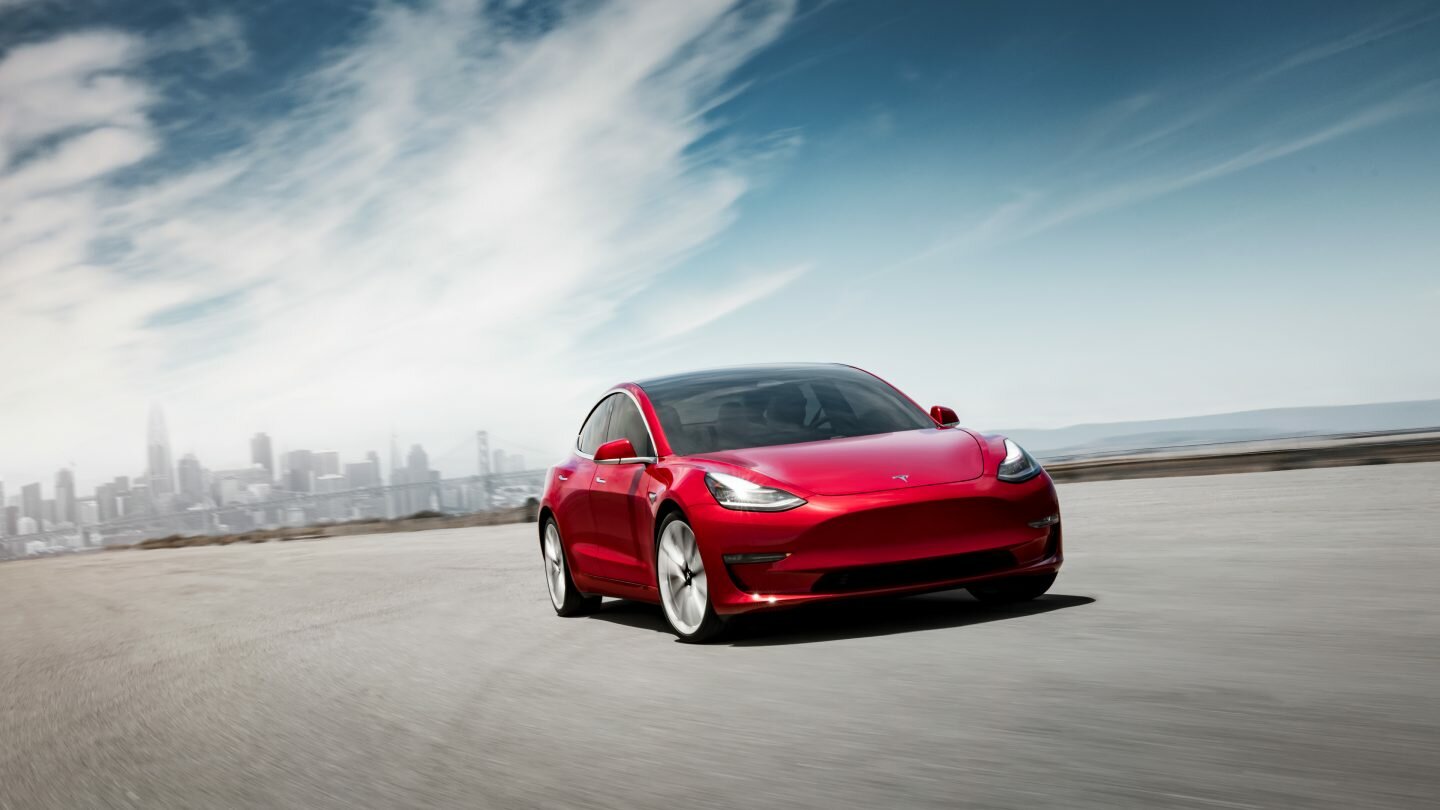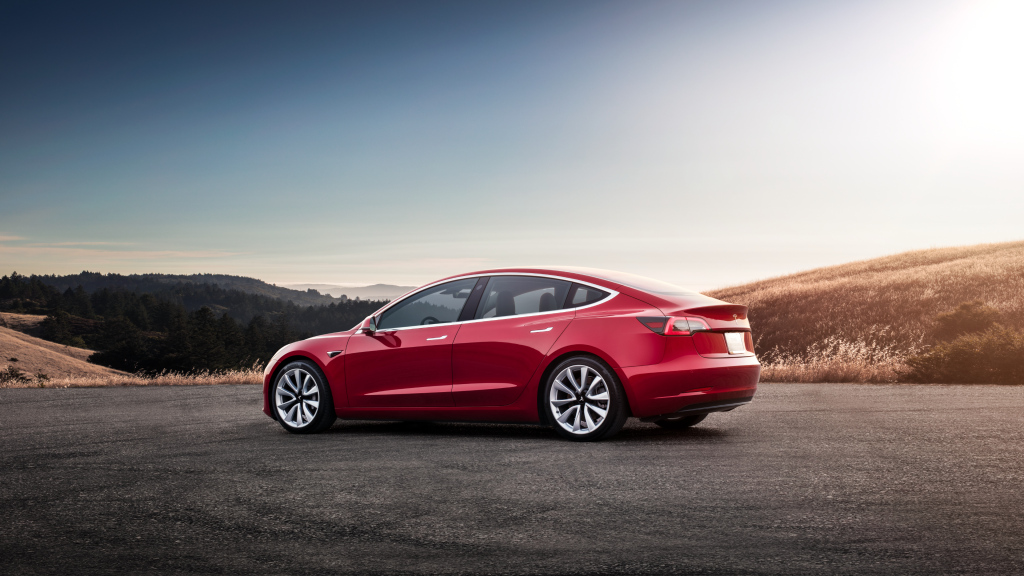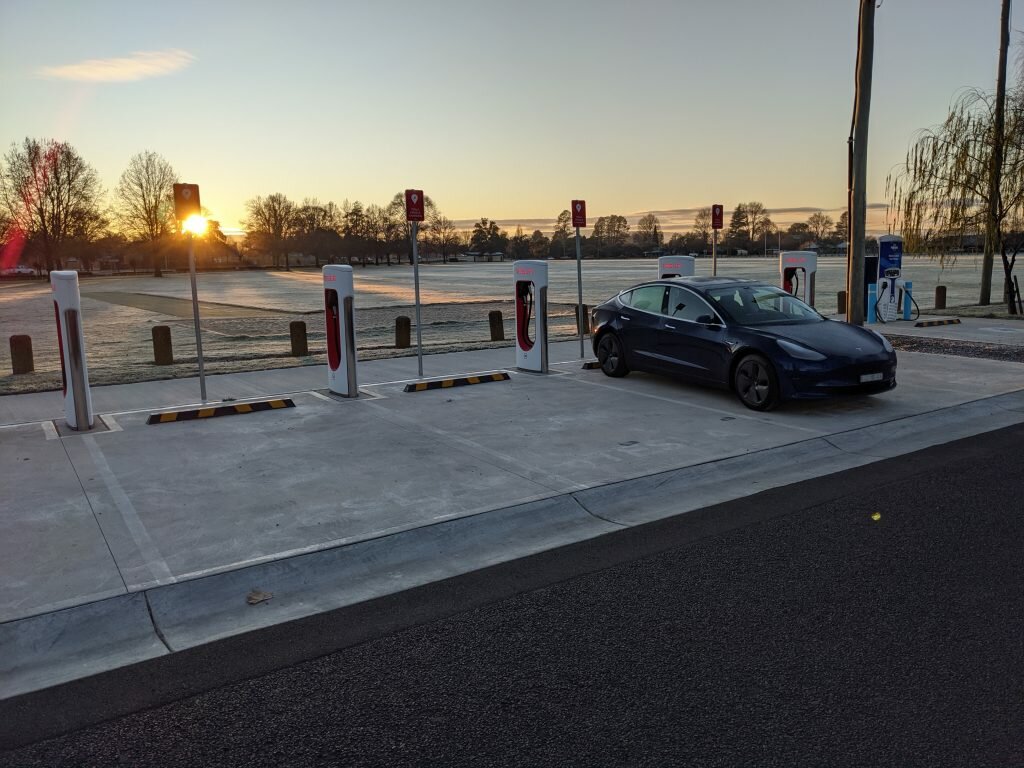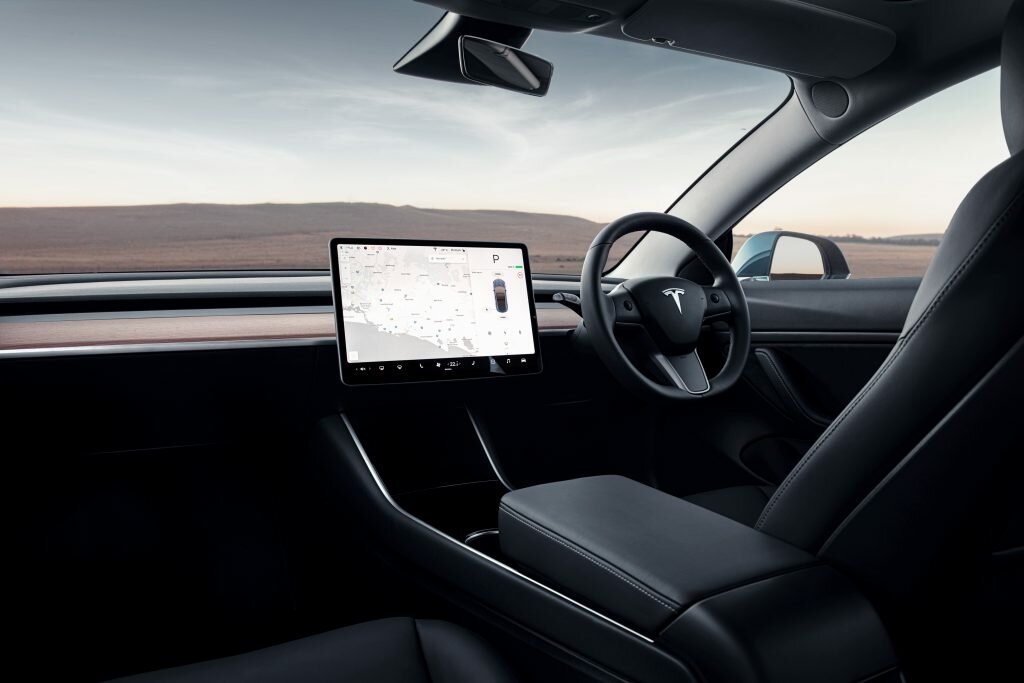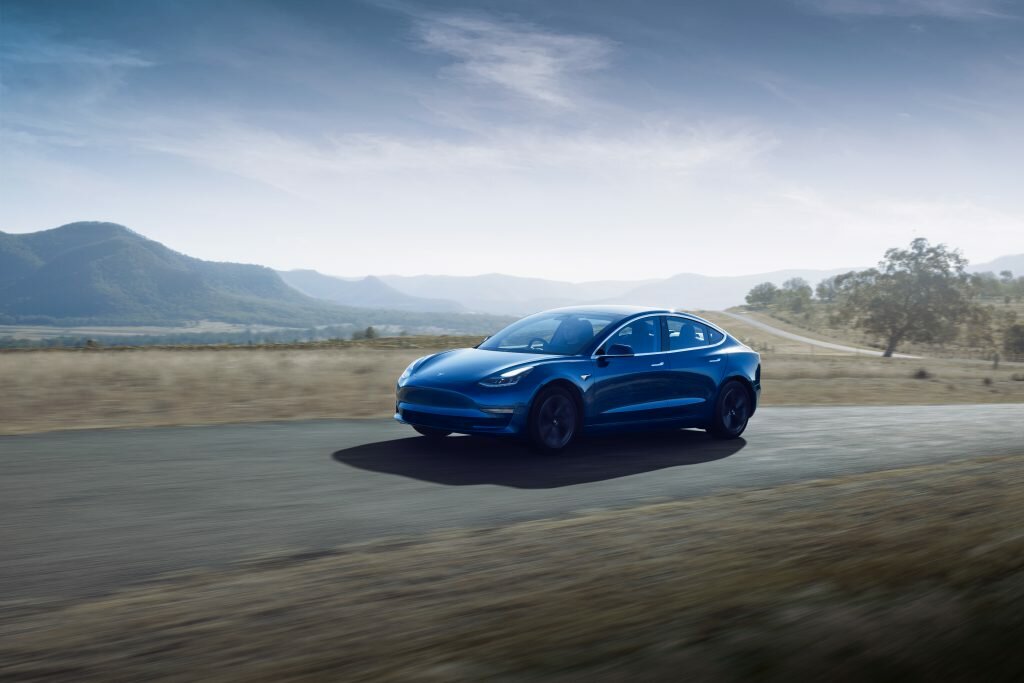The Tesla brand has had a strange relationship with Singapore, with controversial company head Elon Musk once accusing the city state of being hostile to electric cars.
Teslas have come in through parallel importers, but there are now signs that the American company is changing its attitude, and preparing to set up an official sales and service network here.
Tesla has built up an almost cult-like following around the world and been largely responsible for the international explosion of interest in electric cars. In short, Tesla has made battery-powered cars desirable. It is also a rare example of a successful American car company. Musk likes to boast that there are only two US auto brands in history that haven’t gone broke: his and Henry Ford’s. Every other one has been rescued by the government, or disappeared.
We tested the Long Range variant of the mid-sized Model 3 sedan overseas, driving it from Sydney to the famous Mount Panorama racing circuit in the country town of Bathurst in Australia. The Long Range may not be the obvious choice for tiny Singapore, but rarely having to top up the batteries could be compelling.
The standard version of the Model 3, which is rearwheel drive, has a 409km range according to the WLTP (or Worldwide Harmonised Light Vehicle Test Procedure). The Long Range, with two motors and all-wheel drive, can cover 560km in theory. In reality, however, range depends on temperature, topography, driving style, cargo and more.
Tesla has done a good job of supporting its cars with networks of fast charging stations (so-called Superchargers) and clever software to monitor remaining range and guide you to the nearest fast charger. There is a very good app too, which allows you, for example, to remotely heat or cool your car before you leave home.
Sydney to Bathurst is a 200km trip, so in theory the Long Range could comfortably go there and back on one charge. However, the Blue Mountains lie between them, which would restrict the range, and we were keen to sample the Supercharger at Bathurst. Therefore, we didn’t fully charge the vehicle before setting off.
The first thing to note about the Tesla is that it doesn’t match similar vehicles by the Europeans or the Japanese in terms of fit and finish. Colour matching, panel gaps, and interior plastics are improving but still have a way to go. Teslas I’ve driven have exhibited squeaks and rattles too, though suppressing those with a near-silent drivetrain is a difficult business for any maker.
To Tesla’s credit, things work eccentrically but, generally, brilliantly. Whereas many makers have asked “how do we make our cars electric?”, Tesla engineers have tackled the much broader question of “how do we make an electric car?” One result of this “ground up” approach is that they have liberated generous passenger and cargo room from a small sedan body.
The interior is the sparsest and neatest of any modern luxury car, largely because everything is controlled via one huge central screen, two multifunction buttons on the steering wheel, and two stalks behind it. Once you’re used to them, these tactile controls are very satisfying to use.
Tesla is secretive about many things — not just its Singapore plans. It doesn’t publish the size of this car’s battery pack, though it appears to be 75kWh. With two motors and plenty of grip, rest to 100km/h takes just 4.6 seconds. It will throw you back in the seat when you jab the accelerator at almost any speed.
The ride can be a little choppy on broken surfaces. It runs coil springs rather than the air springs on the bigger and dearer Model S sedan, and they do a less effective job of controlling the 1,847kg mass. The handling is more than acceptable, though, with its battery weight down so low.
Generally it was a smooth, quiet and exceedingly comfortable trip, and once there, the car was close to fully charged in about an hour. The charging progress is plotted on the screen. You can follow it on the app; the car also has Netflix built in, should you decide to wait it out inside.
I calculated that in a full car over very hilly terrain (and in cold weather), we were achieving a little under 400km per full charge. That’s less than advertised, but still pretty good going by real-world conditions.
And Mount Panorama? As the site of the annual Bathurst 1000 and Bathurst 12 Hour races, it is one of the most challenging, undulating and unforgiving circuits in the world. Its sinuous 6.2km length is lined mostly with concrete barriers. For much of the year, it is a public road restricted to 60km/h and heavily policed because, well, some drivers try to emulate their heroes.
We played it safe. Indeed with traffic, joggers, and parked sightseers, it took a full 7 minutes to complete one lap. That’s nearly 5 minutes off race pace, but it gave more time to appreciate the dramatic rises and falls, and the long view across the countryside from the very top. As for the car itself, I probably wouldn’t want to race it, but I can think of few cars that would provide a more pleasant, guilt-free drive.
- Tesla Model 3 Long Range
- Engine Dual electric motors with 75 kWh battery pack
- Drive system All-wheel drive
- Power/torque 258kW/510Nm
- Acceleration (0-100 km/h) 4.6 seconds
- Top speed 233 km/h
- Range 560km (WLTP standard)
- C02 zero local emissions
Who has pole position in today’s electric race?
Almost every major car company has a suite of all-electric models on the way. BMW, Mercedes, Audi, and VW have each revealed plans for battery models covering a range of sizes and body styles. Then there’s the Japanese, the South Koreans and the Chinese — and other Americans hoping to take the fight to Tesla. Cadillac has shown the stylish Lyriq, while Ford says its Mustang Mach-E, an electric SUV inspired by its legendary high-performance coupe, will reach its first customers before the end of this year.
-
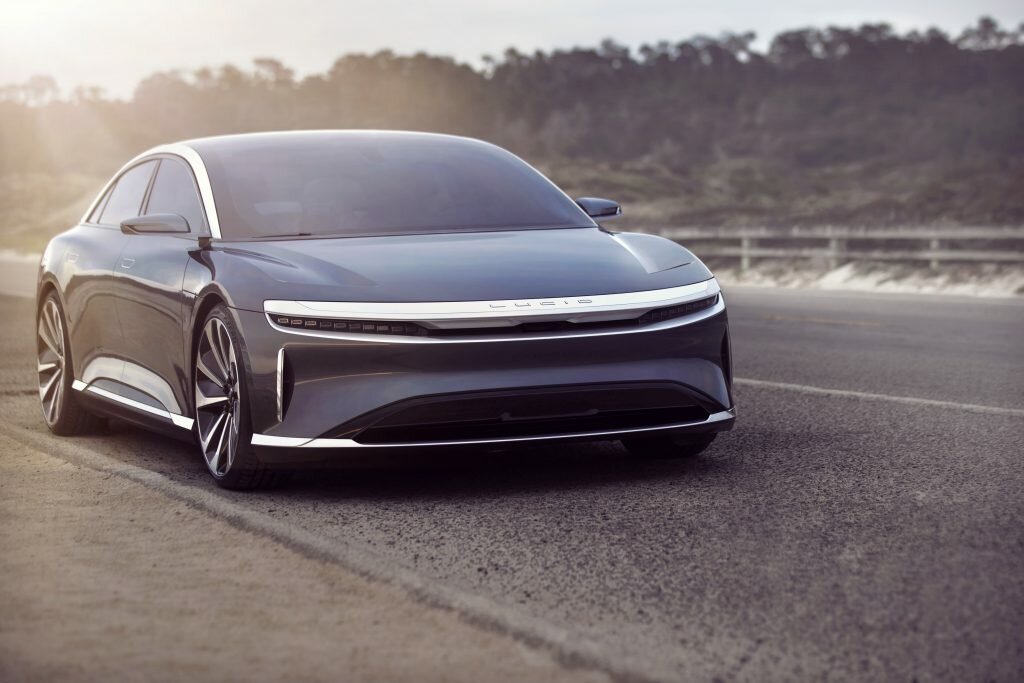
AirLucid -

Interior of the AirLucid
Californian start-up Lucid is also aiming to have its Air model in showrooms in 2020, and claims this luxury sedan will travel a market-leading 832km between charges. The company started in 2007 as a battery maker and was rebranded to Lucid in 2016 when it announced its car plans. The company’s expertise is demonstrated by the fact that it supplies all the battery packs for cars racing in the premium all-electric Formula E motorsport championship.
The Air is similar in size to the Tesla Model S (one size up from the Tesla Model 3) and will be priced at about US$100,000 ($137,000) in its homeland. Lucid claims it will reach 100km/h in just 2.5 seconds, equalling the fastest current Teslas.
-

BadgerNikola -
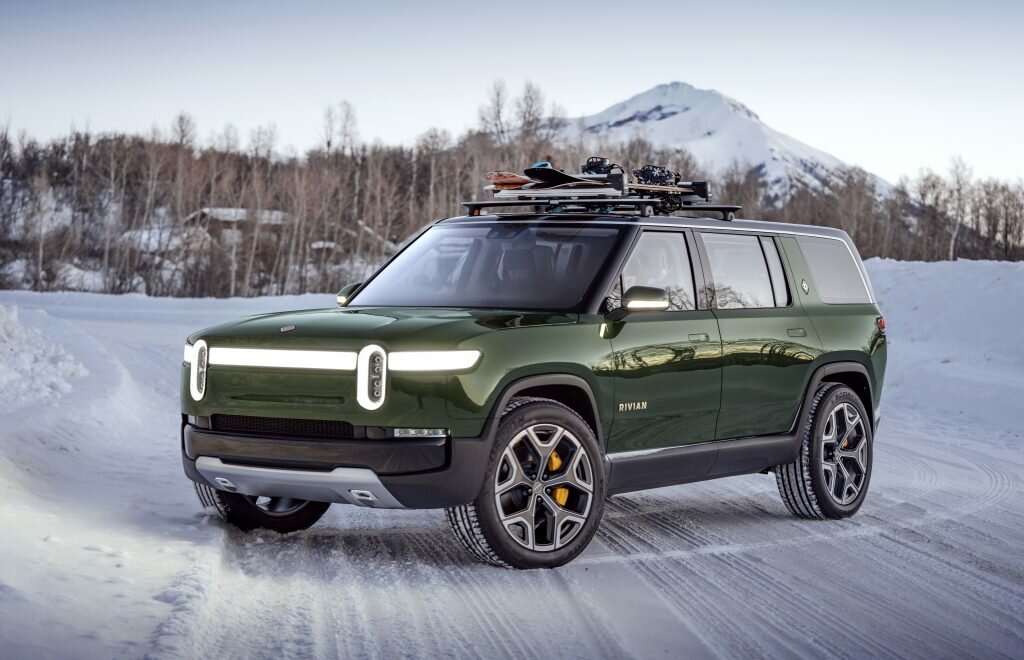
R1SRivian
There’s also a huge battle looming in the “pickup truck” market, which is the highest volume, and most profitable, US market segment. Tesla has its Cybertruck coming. GM’s reborn Hummer brand has its own EV pickups and SUVs in advanced stages (“with up to 1,000 horsepower”), and Ford plans a battery version of its best selling F-150. There are completely new players too, including Rivian, backed by Amazon, and Nikola which, cheekily, also borrows its brand name from Serbian inventor Nikola Tesla. He died in 1943 and has no connection with either car company.
This story first appeared in the October 2020 issue of A Magazine.
